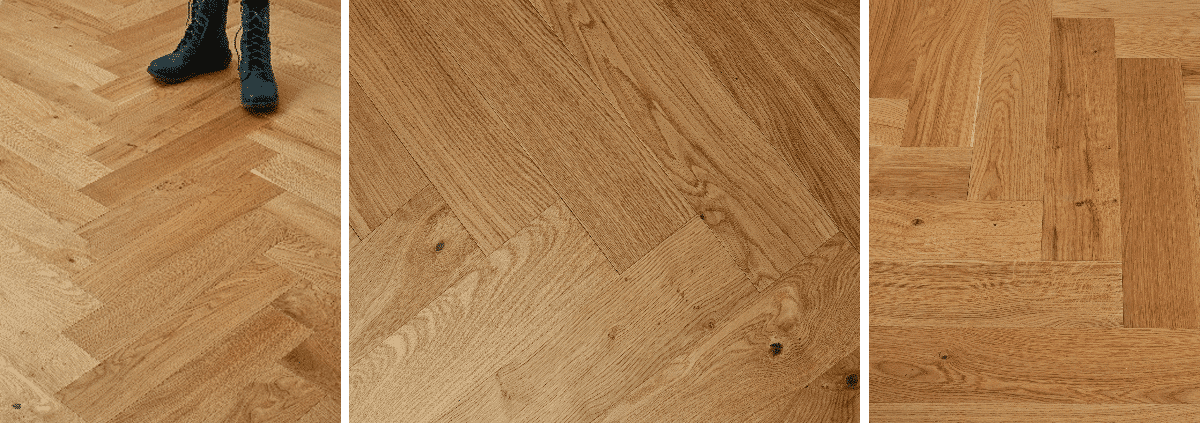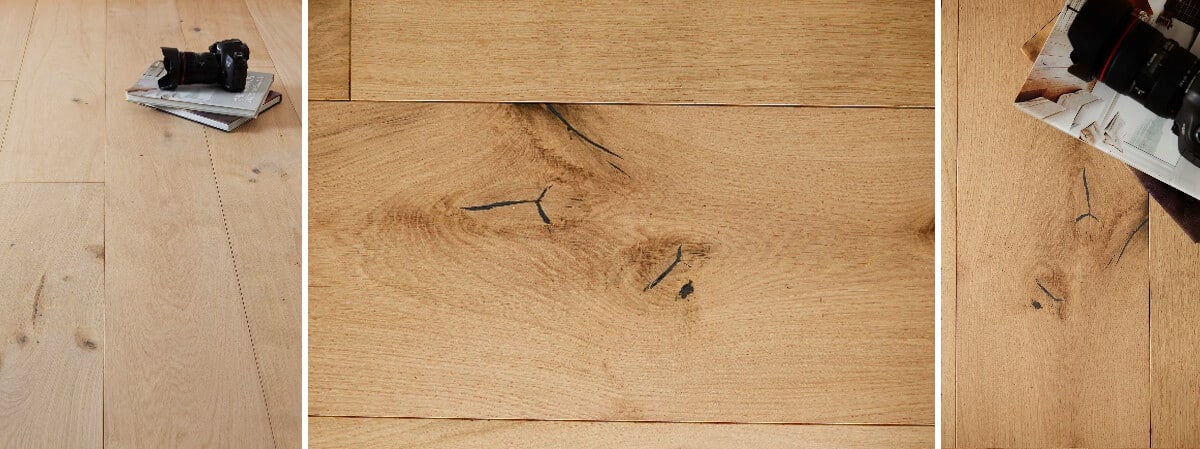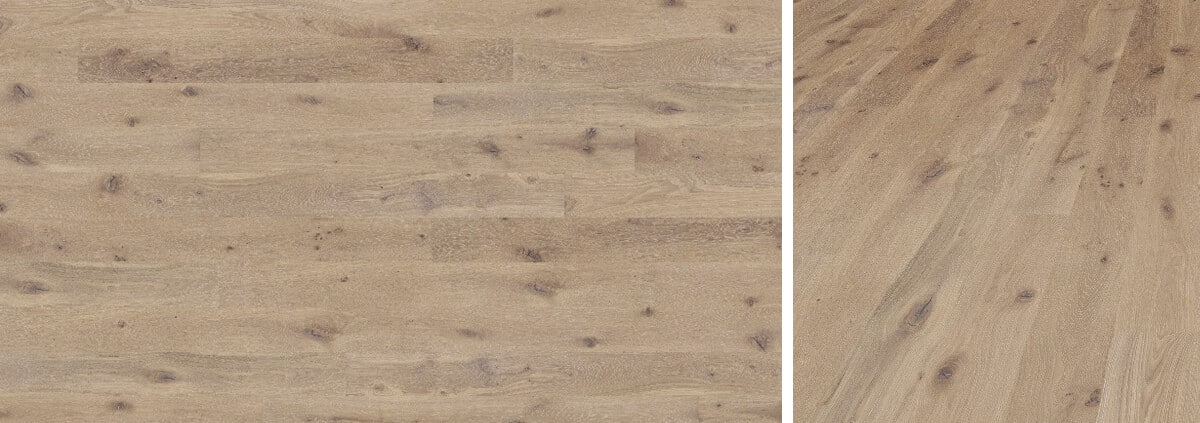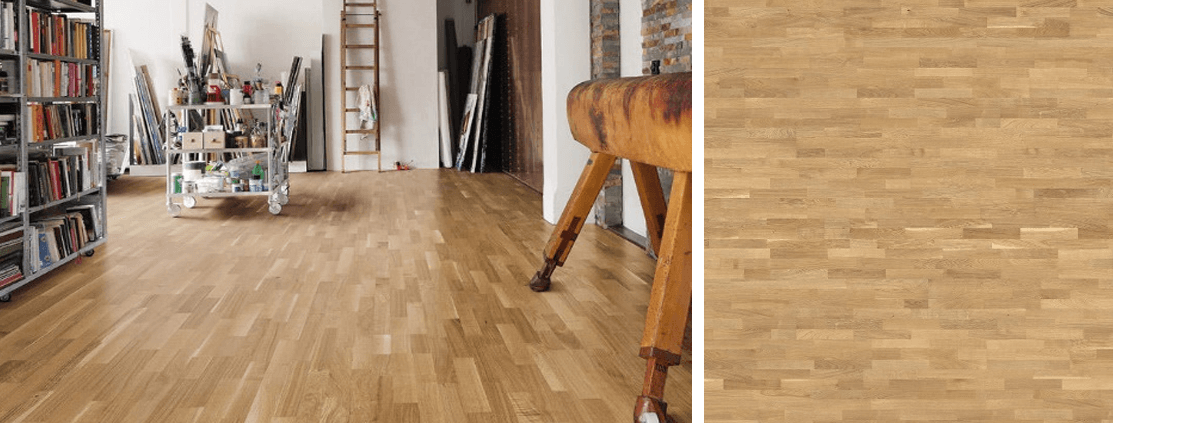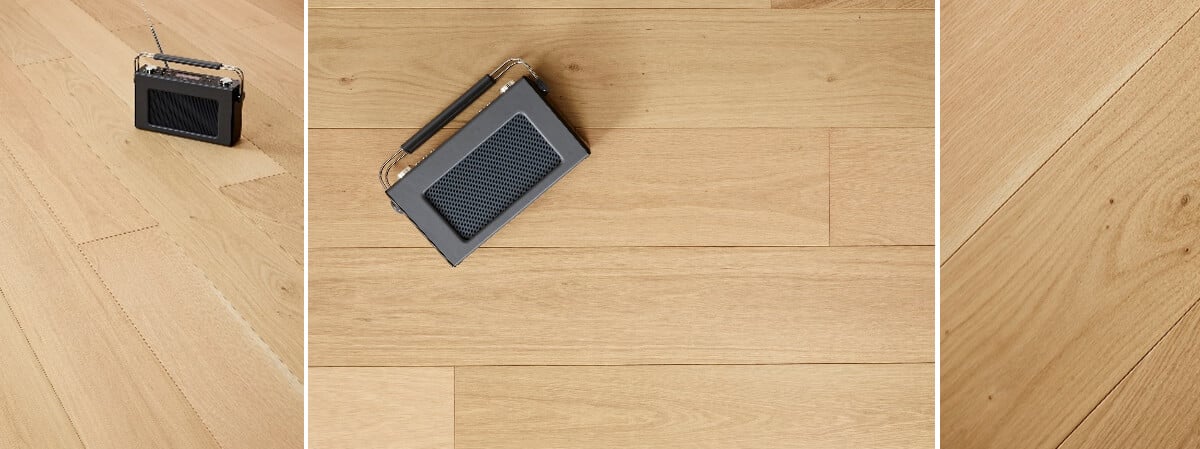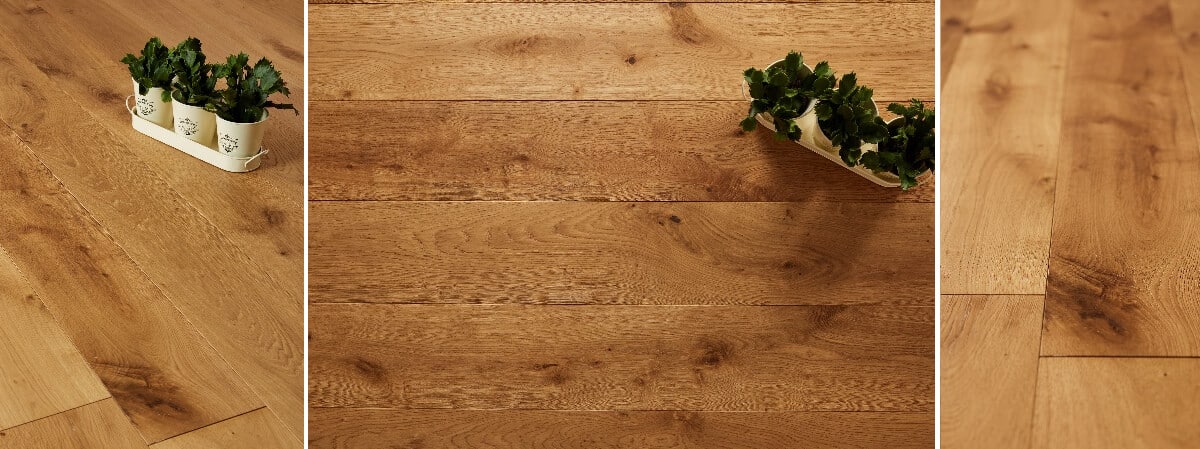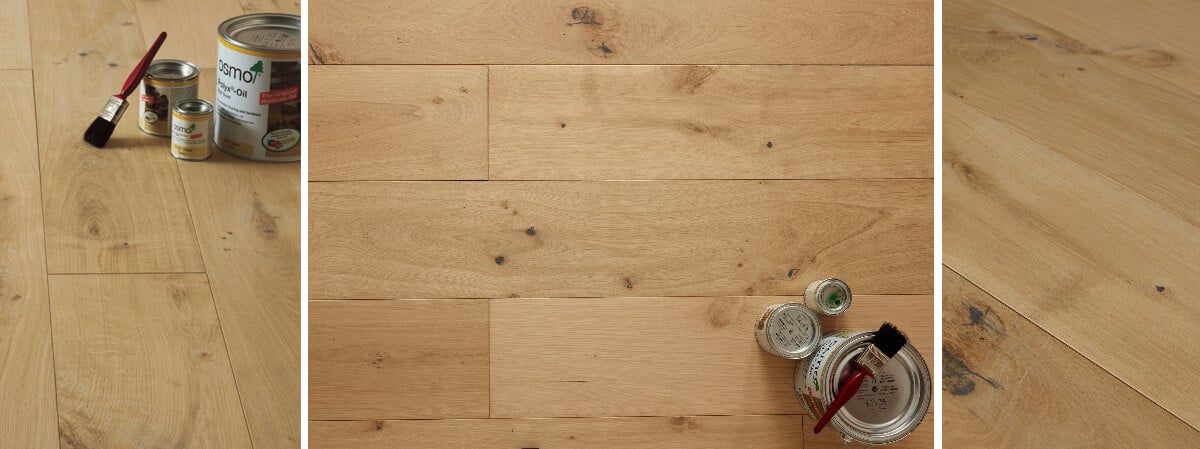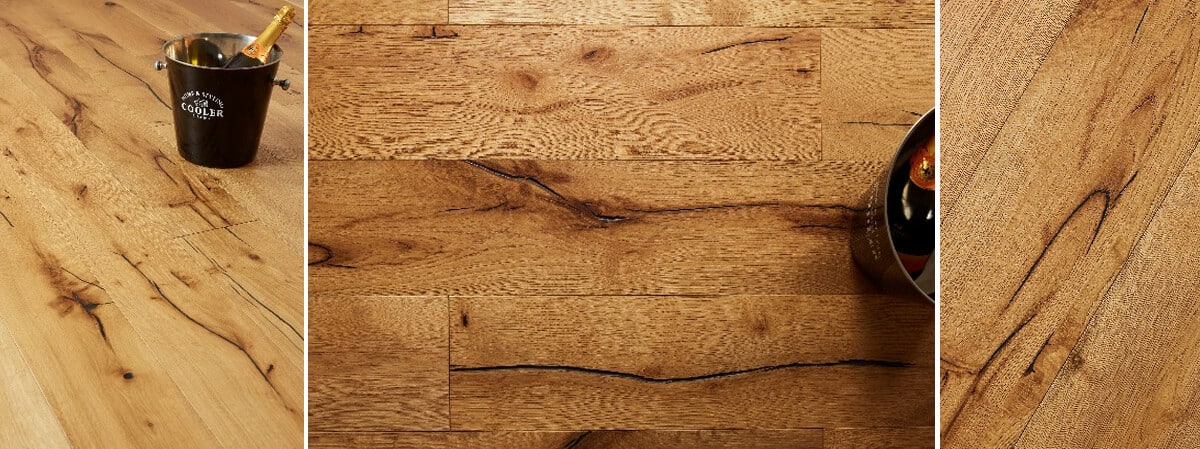ENGINEERED HARDWOOD FLOORING: 7 Surprising Benefits
ENGINEERED HARDWOOD FLOORING: A Comprehensive 2025 Guide for Home and Business
Nationwide Hardwood Flooring Company, tel 07940 528 315 email: enquiries@nhfcompany.co.uk, brings you a detailed, SEO-focused guide to ENGINEERED HARDWOOD FLOORING. This article covers why engineered options are popular, performance characteristics, installation considerations, care tips, and how to choose the right product for bedrooms, living areas, and commercial spaces in the United Kingdom. We will weave local context and hotspots across the UK to ensure the content remains practical and locally relevant while targeting the FocusKeyword precisely.
What is ENGINEERED HARDWOOD FLOORING?
ENGINEERED HARDWOOD FLOORING consists of a real hardwood veneer bonded to multiple layers of plywood or high-density fiberboard (HDF). This construction delivers the aesthetic appeal of solid wood with improved stability in varying humidity and temperature conditions. The top veneer is the visible face, offering authentic grain patterns, while the core layers provide structural support and dimensional stability.
Benefits of ENGINEERED HARDWOOD FLOORING
- Stability in Humid Environments. The cross-plaid core layers reduce seasonal expansion and contraction compared with solid wood.
- Aesthetic Realism. A high-quality veneer mimics the look of traditional solid wood, including distinct grain patterns and color tones.
- Versatile Installation Options. Can be installed over concrete, existing floors, or underlayment systems with appropriate preparation.
- Cost Efficiency. Generally more affordable than premium solid wood options while delivering comparable aesthetics in many grades.
- Repairability. Surface wear can often be refreshed with sanding and refinishing, depending on veneer thickness and substrate.
Engineered Hardwood Flooring vs Other Wood Floors
When evaluating options, consider how ENGINEERED HARDWOOD FLOORING compares to solid wood, laminate, and vinyl. The comparison below highlights key differences to help customers make informed choices.
| Aspect | ENGINEERED HARDWOOD FLOORING | Solid Hardwood | Laminate | Vinyl |
|---|---|---|---|---|
| Authenticity | Real veneer; varied grain | Solid wood block | Photographic image with protective layer | Resilient synthetic layer |
| Stability | High stability; good for temp/humidity shifts | More sensitive | Very stable | Very stable |
| Installation | Click-lock, glue-down, or nail-down | Nail-down | Click-lock or glue-down | Click or glue-down |
| Refinishing | Depends on veneer thickness | Multiple refinishes | Typically not refinished | Not refinished |
| Cost | Lower than premium solids | Higher | Lower | Low to mid |
Common Veneer Thickness and Longevity
Veneer thickness in ENGINEERED HARDWOOD FLOORING affects how many times the floor can be refinished. Typical thickness ranges from 2 mm to 6 mm. Higher thickness generally allows more sanding and refinishing cycles, extending the floor’s life. When selecting a product, consider both the expected wear, traffic level, and maintenance plan.
Choosing the Right Engineered Hardwood for Your Space
Key factors to consider include species, grade, finish, veneer thickness, and wear layer. Popular choices in the UK market include oak, ash, and walnut veneers with a wide range of finishes such as matte, satin, and semi-gloss. The right choice depends on the room, lighting, and furniture style.
Oak Engineered Hardwood Flooring
Oak is a staple in engineered formats due to its strong grain pattern, durability, and timeless appeal. It is well-suited for living rooms and hallways, as well as commercial spaces with moderate to high footfall. Oak floors can be finished in a variety of tones, from pale blond to rich chestnut.
Herringbone and Chevron Patterns
Engineered herringbone or chevron patterns add architectural interest and perceived value. These patterns require precise installation and subfloor preparation but offer striking visual impact for feature rooms, reception areas, and showrooms.
Fitment and Installation Considerations
Installation methods vary by product and site conditions. Common methods include glue-down, nail-down, and floating installations. For engineered boards with a moisture barrier, ensure that the subfloor is clean, level, and dry. A professional floor fitter or flooring contractor can assess site conditions, including humidity, temperature, and subfloor type, to determine the best approach.
Preparation and Subfloor Guidance
Proper subfloor preparation is crucial for ENGINEERED HARDWOOD FLOORING success. This includes moisture testing, leveling, and ensuring appropriate underlayment. Concrete subfloors require moisture barriers to prevent expansion or staining, while wooden subfloors should be inspected for squeaks and secure fasteners.
Finishes and Appearance
Engineered floors come with a range of finishes, including UV-cured oil, polyurethane, and aluminum oxide coatings. Finishes affect scratch resistance, color retention, and maintenance needs. For rooms with high traffic or children, a tougher finish may be preferable, while bedrooms may benefit from a warmer, matte appearance.
Durability and Maintenance
Routine maintenance keeps engineered floors looking their best. Use recommended cleaning methods, avoid excessive moisture, and place protective pads under furniture. Periodic refinishing may be possible depending on veneer thickness and wear level. Always follow the manufacturer’s guidelines and local installer recommendations.
Environmental Considerations
Many engineered hardwood products use certified sustainable sources and low-emission finishes. Look for warranties and certifications that verify sustainable harvesting practices. Choosing a reputable installer also supports responsible sourcing and installation standards.
Local Insights: UK Locations and Hotspots
Across the UK, major urban centers such as London, Manchester, Birmingham, Glasgow, and Edinburgh offer a wide network of flooring stores and certified installers. In London, for instance, customers often seek engineered oak flooring for contemporary homes and townhouse conversions. In Northern England, warehouses and showrooms showcase large-format planks and bold patterns like herringbone. Wales and Scotland emphasize durable finishes for high-moisture environments and coastal homes. Nationwide Hardwood Flooring Company operates with service coverage across these regions, providing expert installation and bespoke flooring solutions. Read more in our blog.
Why Choose Nationwide Hardwood Flooring Company
With a focus on quality, value, and local service, Nationwide Hardwood Flooring Company offers a comprehensive range of engineered hardwood options, professional installation, and aftercare support. Our team can help you select the right flooring type, finish, and pattern to fit your space and budget. We pride ourselves on accurate quotes, transparent timelines, and post-installation care guidance to ensure lasting results. Explore our products such as Balmoral engineered flooring and other collections to find your perfect match.
Cost Considerations: Engineered Hardwood Flooring Installation
Costs vary based on product grade, veneer thickness, finishes, and installation method. On average, engineered hardwood flooring can be more cost-effective than premium solid hardwood while delivering a high-end look. We provide detailed quotes that include materials, labor, underlayment, and removal of old flooring where applicable. For commercial applications, bulk discounts and tailored maintenance plans may apply.
Care and Longevity: Keeping ENGINEERED HARDWOOD FLOORING Looking New
Routine care includes dusting, regular sweeping, and using a damp microfiber mop with a manufacturer-approved cleaner. Avoid excess moisture and harsh chemicals. Use protective furniture pads and area rugs in high-traffic zones. Periodic refinishing, when possible, can restore the floor’s original sheen and extend its life.
Cheat Sheet: Quick Reference for Homeowners
- Choose a real veneer thickness that supports refinishing.
- Match subfloor preparation to the installation method.
- Consider oak engineered options for classic appeal and durability.
- Explore herringbone patterns for a high-end look.
- Work with a reputable installer to ensure precise alignment and levelness.
FAQs
- Can ENGINEERED HARDWOOD FLOORING be installed in kitchens and bathrooms?
- It can be suitable for some spaces, but areas with high moisture should be carefully evaluated. A professional can assess moisture risk and choose an appropriate product and installation method.
- Is refinishing possible with engineered hardwood?
- Refinishing depends on veneer thickness. Some engineered floors can be refinished a few times; others may only be cleaned or lightly refreshed.
- How do I maintain the appearance of engineered oak flooring?
- Regular cleaning, avoidance of standing water, and using recommended cleaners will maintain color and finish. Place mats at entryways to trap dirt and moisture.
Conclusion
ENGINEERED HARDWOOD FLOORING offers a compelling balance of beauty, durability, and practicality for both residential and commercial projects. By selecting the right species, veneer thickness, and finish, and by partnering with a trusted installer, customers can enjoy enduring warmth and character in any space. Nationwide Hardwood Flooring Company stands ready to guide you through selection, measurement, installation, and aftercare to ensure a flawless result across the UK.


